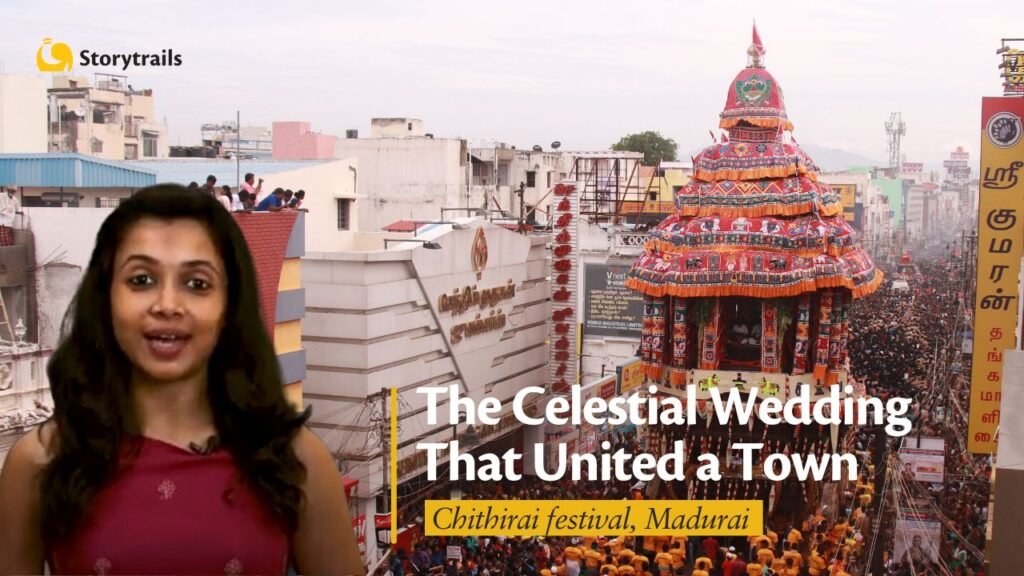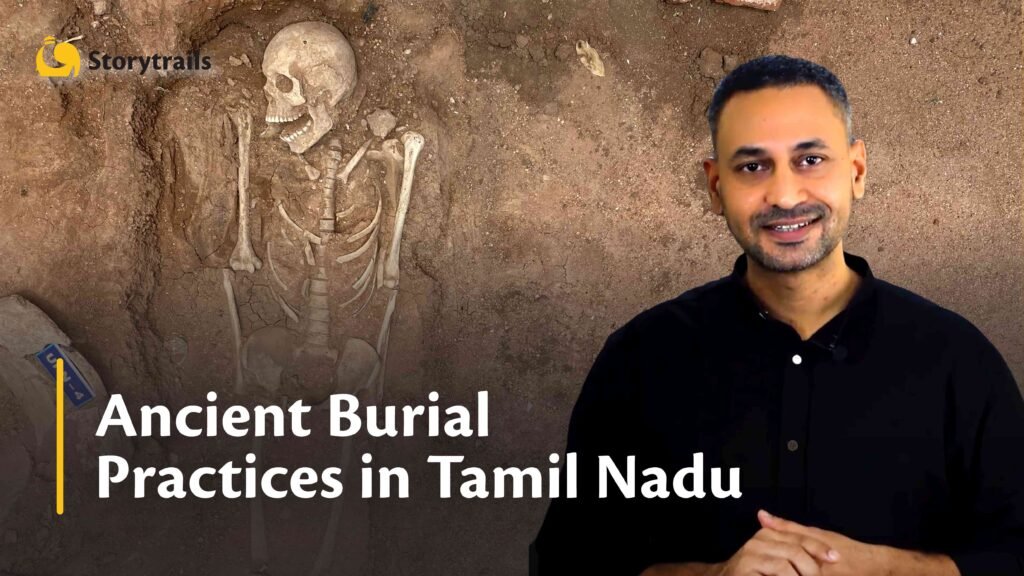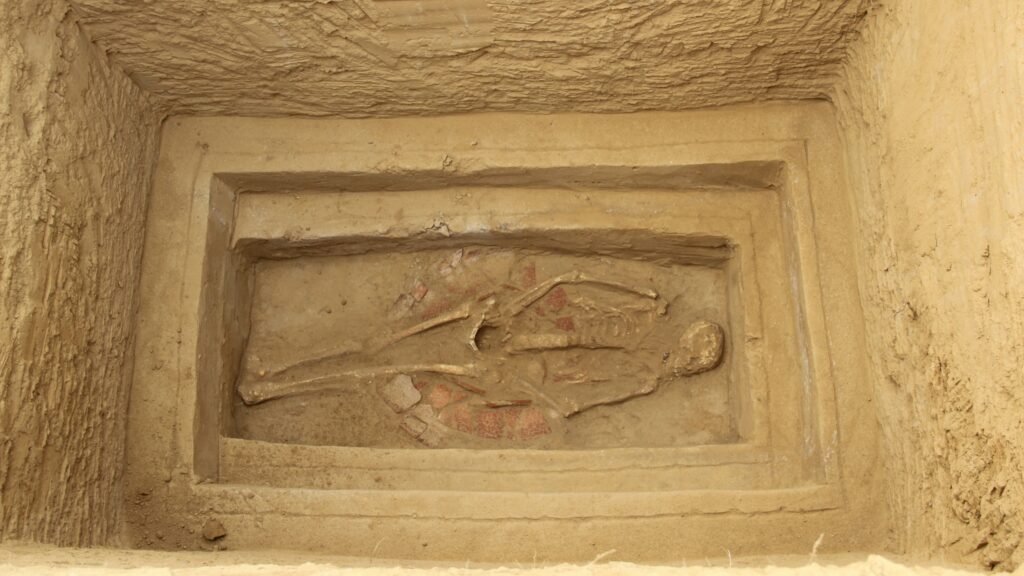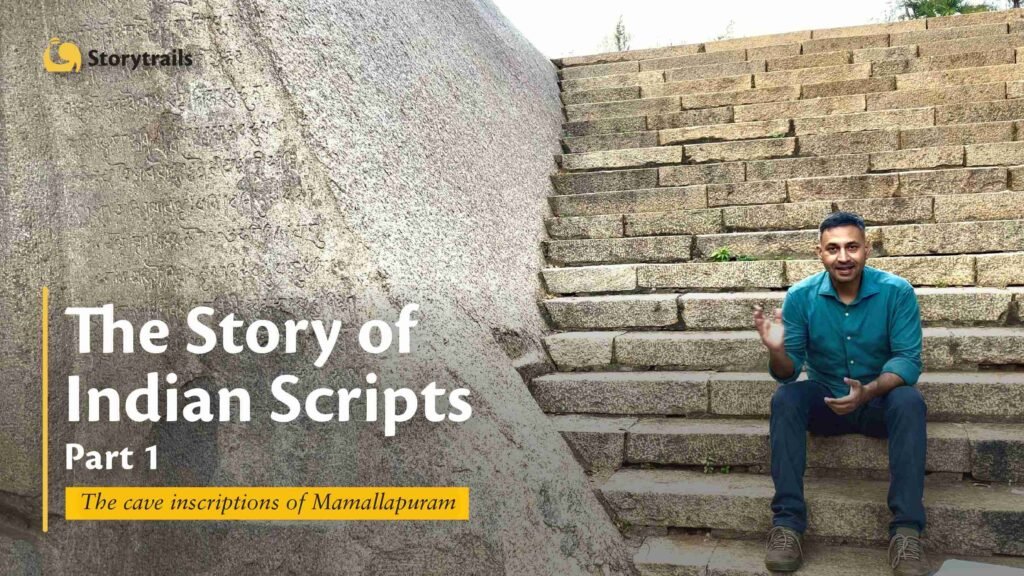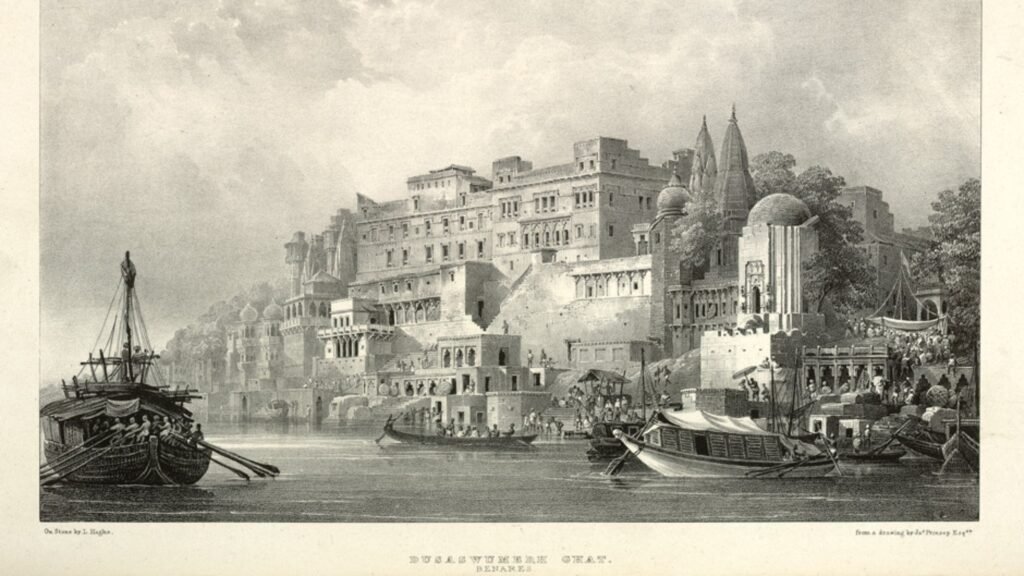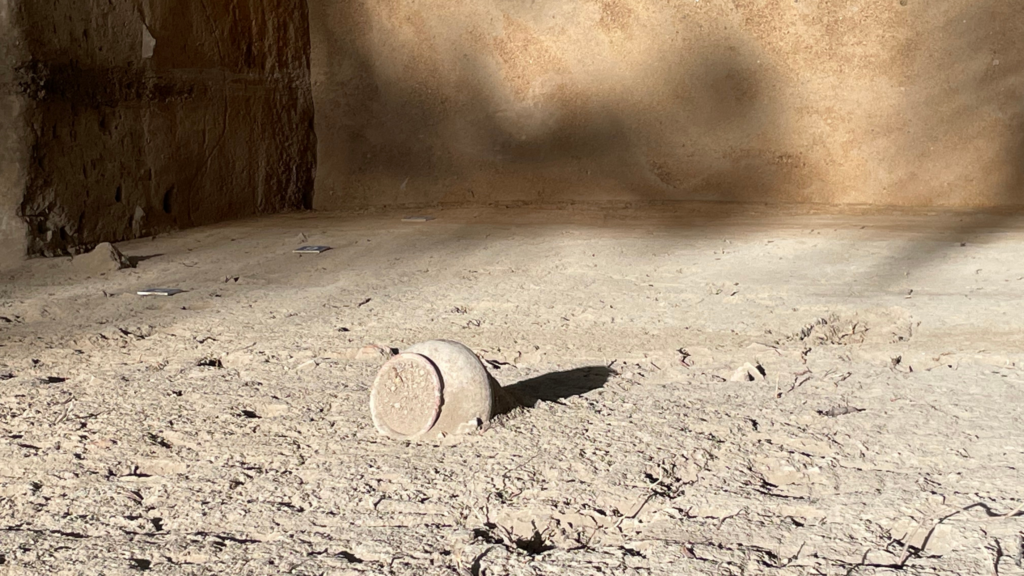Is Tamil Brahmi older than the Brahmi script? Could the Indus Valley script, which was in use in north-western India over 4500 years ago, be related to Tamil Brahmi, that was used in South India? Which are the oldest dated inscriptions in India? What languages and scripts are those inscriptions in?
In 2015, archaeologists excavated a host of ancient artefacts from a place called Keeladi near Madurai. Among other things, they found many potshards with different sets of inscriptions. While some of the inscriptions were in Tamil Brahmi, the oldest potshards had graffiti marks that looked a lot like the script of the Indus Valley Civilisation. That script remains undeciphered to this day. What does this discovery at Keeladi tell us about the evolution of scripts in India?
In this video (the second in a two-part story), we continue tracing the fascinating journey of Indian scripts and languages. In the first part that you can view here: https://youtu.be/Ax5Hl-R_Xl0, we explored the evolution of scripts over the last 2000 years. In this video, we go even further back to explore how writing systems developed in India over the last 5000 years!

